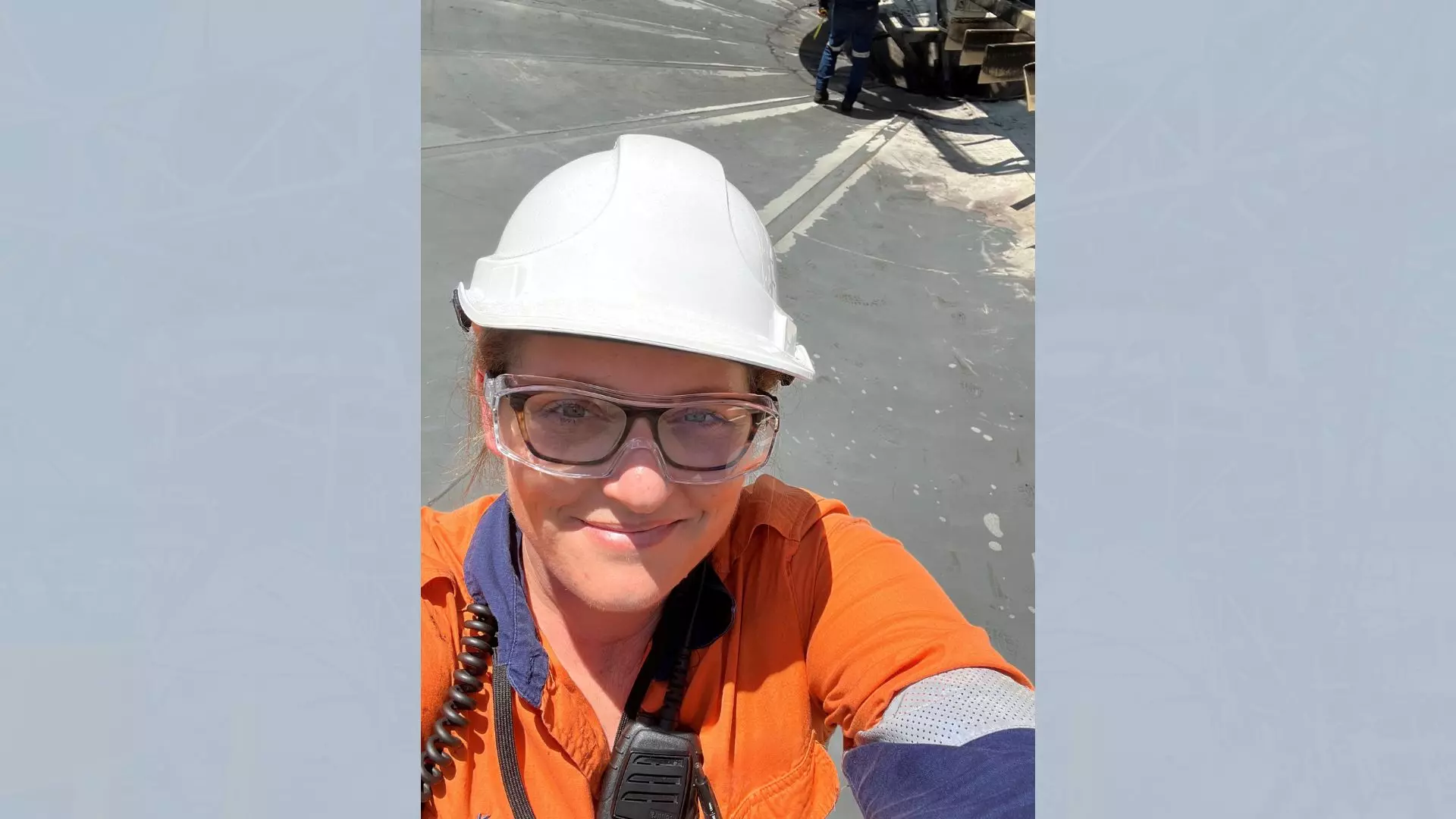The mine has been in commercial operation since the late 1990s, when the original feedwell had been supplied. It’s a large-scale, long-life asset with production of around 65,000 oz gold and 50,000 t copper in 2023. Copper and gold are recovered using a conventional single-line grinding and flotation circuit to produce a bulk copper-gold sulphide flotation concentrate. Tailings from the process are thickened and deposited in a tailings dam.
The tailings thickener operated a bifurcated feedwell design, which had become corroded beyond repair after more than two decades of service.

The mine initially requested a like-for-like replacement. But here’s where the project got interesting. We knew we could do better and were able to demonstrate this when the mine agreed to allow us to perform comparison testing of the existing design with that of our E-Volute™ feedwell with E-DUC® autodilution mechanism. Testing demonstrated that significant savings in flocculant consumption could be made with the newer design. Underflow density could also be increased to improve water recovery.
Given these findings, the mine agreed to implement the E-Volute feedwell design.
E-Volute feedwell technology: a quick introduction
The E-Volute feedwell with E-DUC autodilution is designed to deliver best practice feedwell performance. It incorporates the benefits of both closed and open bottom feedwells, without the drawbacks, including:- Larger aggregate growth with reduced flocculant consumption.
- Increased residence time and reduced short circuiting.
- Low shear exit for improved settling rate and clarity.
Discover more about the E-Volute design and its installation at another Australian gold producer.
A challenging design
Implementing the new feedwell design was not going to be easy. “The unique design of the traction thickener – with its quadropod and chain-supported rakes – placed constraints on the design envelope,” said Katie King, the FLSmidth project engineer. “This posed a challenge when it came to keeping the new feedwell within the allowable space, while still ensuring an adequate radius for optimum functionality. Space was particularly limited where the mix trough and feed pipe were positioned.”

The unique design of the traction placed constraints on the design envelope. This posed a challenge when it came to keeping the new feedwell within the allowable space, while still ensuring an adequate radius for optimum functionality.
Photo: Katie King, the FLSmidth project engineer
We also wanted to avoid modification to the caisson so we designed the new feedwell supports to attach to existing brackets. But here the design team encountered another difficulty: ensuring the E-Volute feedwell was sufficiently supported without compromising performance. Finding the solution required overlaying the new feedwell design onto 3D modelling of the existing structure, as King explained.
“3D modelling of the existing structure from the original as-built drawings allowed the new feedwell design to be accurately visualised and positioned, utilising the existing support brackets,” King said. “This also allowed us to ensure the rotating bridge would not impact the feedwell during operation, especially at the mix trough, as its footprint is considerably larger than the original.”
A final design consideration the team had to work around was the location of the feed pipe. This was located within the caisson and fed centrally, an unusual – if not unique – arrangement given most older feedwells are fed by a pipe hung under the bridge. “The design of the mixing trough and position of the flocculant pipe, feed pipe, and nozzle each had to be specifically designed to generate the necessary conditions for the feedwell to operate efficiently,” added King.
The resulting design was “completely custom”, said Craig Gilbert, FLSmidth Global Product Manager – Thickening, incorporating a curved mix channel that followed the curve of the feedwell, as well as two feed inlets at different levels in the feedwell. “But despite the challenges, we effectively retrofitted the standard E-Volute feedwell design to the individual site conditions.”
In addition to the design and supply of all components, we also provided onsite technical resources to assist with this one-of-a-kind design. The work took place in December 2022 and included replacement of the flocculant lines to increase the number of addition points from five to eight.

How a simple thickener maintenance request evolved into a productivity enhancement project
learn moreThe results
The design may have been a challenge, but it certainly paid off in the end. The new feedwell has delivered substantial operating and environmental benefits for the mine including:
reduction in flocculant consumption

Overall payback on the feedwell upgrade was achieved in just ten months, thanks to the reduction in flocculant use. Raw water draw has also been reduced, as less water is sent to tailings and returned to the process. This is an important target of the mine’s ESG strategy, as it impacts both the environmental and social impact of mining operations, as well as helping to mitigate business continuity risks around water security.
“The new feedwell has actually overachieved expectations in terms of density due to improved solids distribution in the tank, with more flocculant savings to come” said Gilbert “It’s a great example of what our innovative E-Volute feedwell technology can achieve, as well as the design expertise of our engineers in customising solutions to specific application requirements.”
“We’re also pleased to be part of the mine’s journey to deliver on its water sustainability goals: a key element of our own MissionZero ambitions to cut risks and costs of mining with sustainable water and tailings management,” Gilbert concluded.